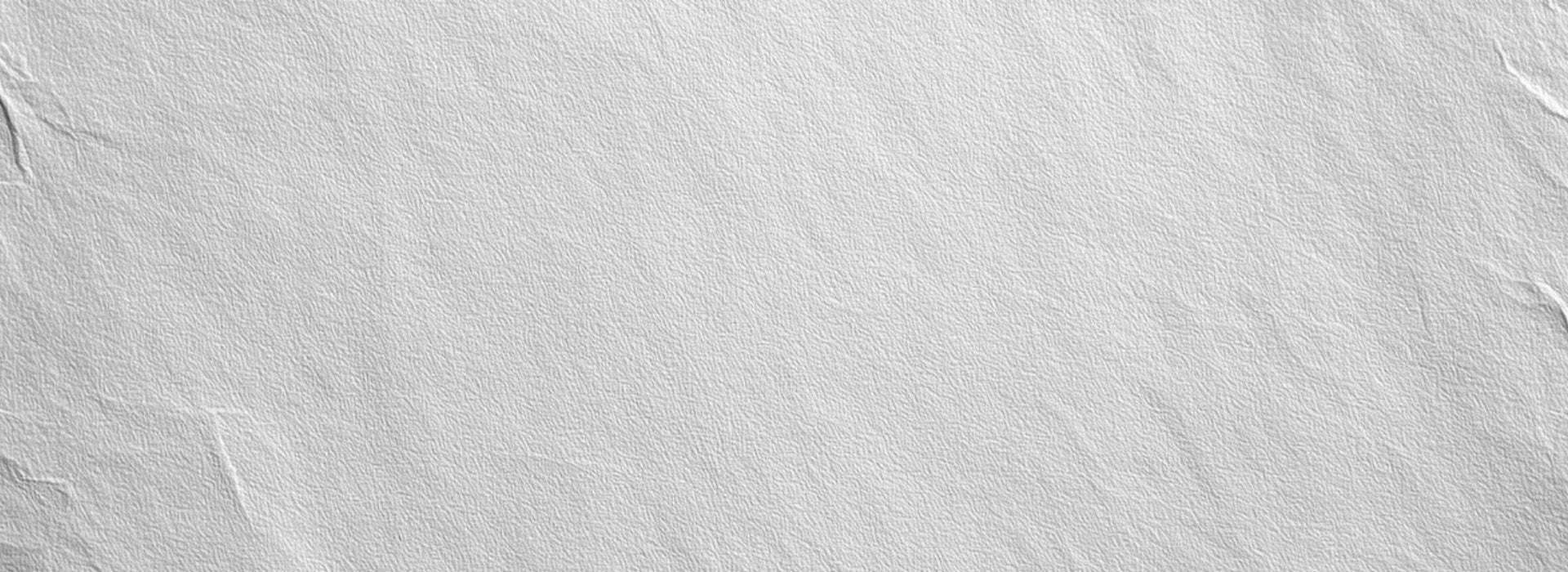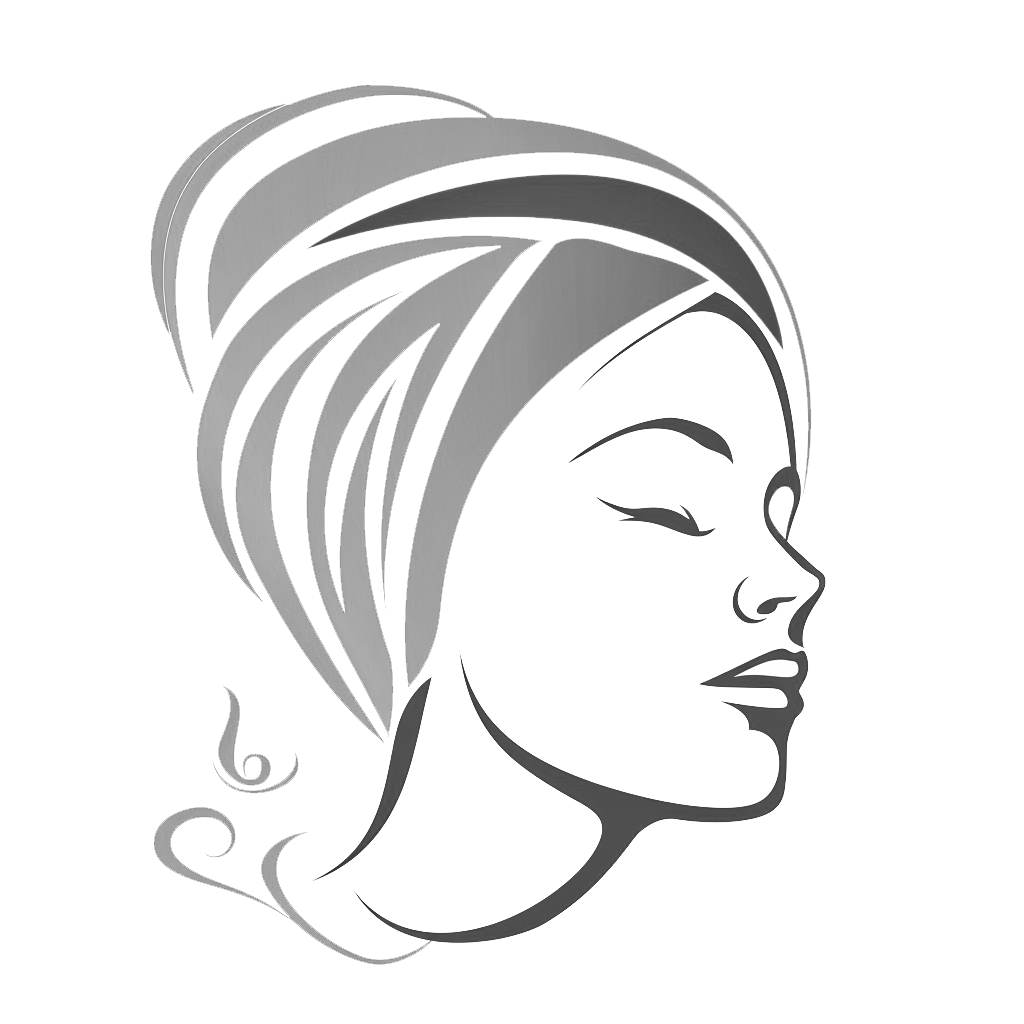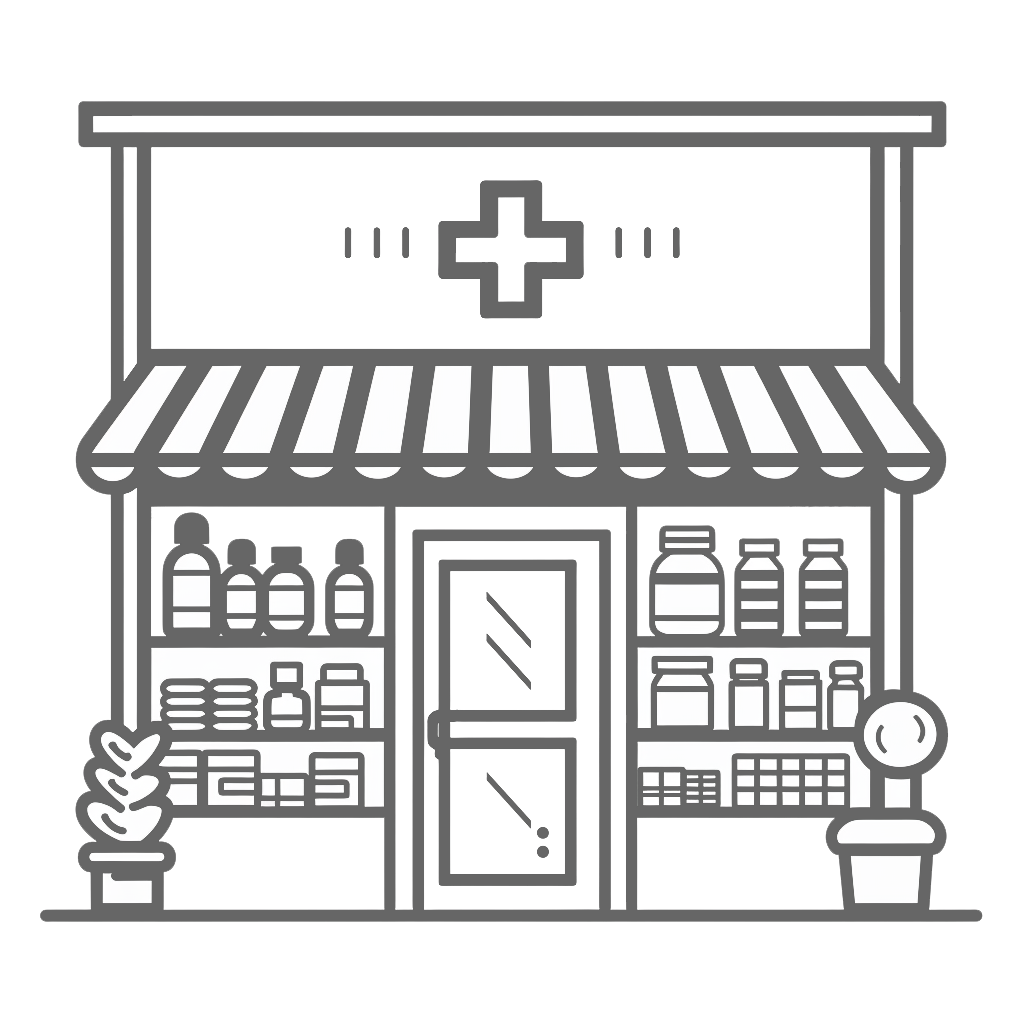Article: WHAT ARE THE CAUSES OF PIMPLES?

WHAT ARE THE CAUSES OF PIMPLES?
Dott. Simone Gabbanini, Head of Quality Control
Pimples are one of the most common skin concerns, but also one of the most misunderstood. They’re often associated only with teenage years or “dirty skin”, but the reality is much more complex. To really understand why pimples appear, we need to talk about acne, hormonal changes, lifestyle and even some very persistent myths.
In this article, you’ll learn:
-
what acne is and how pimples form
-
the main causes of pimples and the most common triggers
-
which everyday habits can make acne worse
-
the most common myths about pimples
-
what you can do to prevent breakouts (and when to see a dermatologist)
What Is Acne and What Are Pimples Really?
Pimples are just one of the visible signs of a broader and more complex skin condition called acne. Acne doesn’t only include red, inflamed spots, but also:
-
blackheads (open comedones)
-
whiteheads (closed comedones)
-
papules (small red bumps)
-
pustules (pimples filled with pus)
At the root of acne is the clogging of hair follicles, tiny structures from which hair grows and which are connected to the sebaceous glands.
How Do Pimples Form?
The sebaceous glands in the skin are responsible for lubricating the hair and skin to prevent dryness. They do this by producing an oily substance called sebum.
Pimples form when:
-
the production of sebum is excessive
-
sebum mixes with dead skin cells
-
this mixture forms a plug that clogs the hair follicles
Inside this closed environment, the skin microbiota bacteria—normally harmless—find ideal conditions to multiply. This triggers an inflammatory response, which leads to pimples and acne lesions.
The areas of the body most commonly affected are those richer in sebaceous glands:
-
the face (especially nose, chin and forehead)
-
shoulders
-
back
-
chest
Now that we’ve clarified the basic mechanism—excess sebum and clogged pores—let’s look at which factors can trigger or worsen pimples.
Main Causes and Triggers of Pimples
1. Hormonal changes
Hormonal changes play a key role in the development of pimples.
-
During puberty, androgens (hormones typical of this stage of life) cause the sebaceous glands to enlarge and produce more sebum.
-
Hormonal changes related to menopause and andropause can have a similar effect.
Sex is also an important factor:
women are more likely than men to experience adult acne due to hormonal fluctuations that occur:
-
during the menstrual cycle
-
in the first months of pregnancy
-
in the presence of conditions such as polycystic ovary syndrome (PCOS) or other hormone-related issues (to be assessed by a specialist)
2. Medications
Some medications can have a worsening effect on acne. Clinical studies show that:
-
corticosteroids (taken orally or injected) can increase breakouts
-
certain antidepressants containing lithium are associated with more severe acne
If you suspect your medication is affecting your skin, always talk to your doctor. Never stop a prescribed treatment on your own.
3. Comedogenic cosmetics
Using cosmetic products that contain comedogenic ingredients—i.e. substances that tend to clog pores—can be a significant trigger.
These may include:
-
heavy mineral oils
-
occlusive silicones
-
some rich butters when used incorrectly
If you have oily, combination or acne-prone skin, it’s best to choose:
-
oil-free products
-
non-comedogenic formulas
-
lightweight textures (gels, serums, fluid emulsions)
4. Diet and pimples
An unbalanced diet can contribute to worsening acne.
In particular, a diet high in sugar may aggravate breakouts because it:
-
raises insulin levels
-
stimulates certain hormones linked to sebum production
High glycemic index foods (such as sweets, sugary drinks, snack foods, and very refined bread and pasta) and an excess of dairy products are often mentioned as aggravating factors.
This doesn’t mean these foods directly “cause” acne, but in predisposed individuals they can increase inflammation and make pimples more frequent or severe.
5. Stress and lifestyle
Stress can influence hormone balance and the immune system, indirectly contributing to the appearance of pimples.
Other daily habits can also have an impact:
-
poor or insufficient sleep
-
smoking
-
frequently touching your face with dirty hands
-
constant friction on the skin from devices (like your phone) or accessories (like helmets or tight masks)
6. Genetic predisposition
In many cases, the tendency to develop pimples and acne is also a matter of genetics. If one or both parents suffered from moderate to severe acne, it’s more likely their children will experience it too.
The Most Common Myths About Pimples
Although acne is one of the most widespread skin conditions, it’s also one of the least understood by the general public. Many myths and misconceptions can lead to the wrong skincare routine and make pimples worse.
Let’s debunk some of the most common ones.
Myth 1: “Pimples are caused by poor hygiene”
Many people think that those who have pimples “don’t wash their face enough”. This is simply not true.
Most of the biological reactions that trigger acne take place under the surface of the skin, not on top of it. Cleansing is important, but:
-
washing your face more than twice a day
-
using harsh, stripping cleansers
can irritate the skin, damage the skin barrier and actually make acne worse.
Myth 2: “Popping pimples is the best way to get rid of them”
Squeezing blackheads and pimples may seem like a quick solution, but it’s a habit you should avoid.
Here’s why:
-
it increases the risk of infection
-
it prolongs inflammation
-
it can cause dark spots and permanent scars
The end result is often more redness, more marks and more frustration.
Myth 3: “The sun cures acne”
For many years, people believed that UV rays could “cure” acne. It’s true that at first a tan may make skin look more even, but:
-
there’s no solid evidence that prolonged sun exposure actually treats acne
-
tanning beds are not an acne treatment
-
too much sun can accelerate skin ageing, cause dark spots and lead to other types of skin damage
Sunscreen is important even for acne-prone skin—just make sure you pick a non-comedogenic sunscreen.
Myth 4: “Toothpaste dries out pimples”
Another very popular claim online is that “toothpaste dries out pimples”.
While some toothpastes do contain ingredients with mild antibacterial properties, they also contain substances that can be very irritating to facial skin.
Applying toothpaste to pimples is therefore not recommended, because it can:
-
irritate the skin
-
damage the skin barrier
-
worsen inflammation
It’s much safer to use specific spot treatments recommended by a dermatologist or pharmacist.
How to Reduce Pimples: Practical Tips
To reduce pimples and take care of acne-prone skin, it’s important to work on several fronts: skincare, diet and lifestyle.
1. Gentle face cleansing routine
-
Cleanse your face twice a day (morning and evening) with a gentle cleanser formulated for combination or oily skin
-
Avoid products that are too foamy or aggressive, as they can dry out and irritate the skin
-
Don’t scrub your face too harshly with rough cloths or sponges
2. Choose the right skincare products
Prefer:
-
oil-free moisturisers and serums
-
non-comedogenic formulations
-
light, easily absorbed textures
Avoid:
-
heavy, occlusive creams
-
very thick, full-coverage makeup that isn’t labelled as non-comedogenic (and always remove makeup thoroughly before bed)
3. Balanced diet
-
Reduce your intake of refined sugars and high glycemic index foods
-
Limit excess dairy products if you notice your skin gets worse after consuming them
-
Base your diet on fruit, vegetables, whole grains and healthy fats (such as extra virgin olive oil and nuts)
4. Hydration and sun protection
Even oily and acne-prone skin needs hydration:
-
use a lightweight but hydrating moisturiser suitable for oily or combination skin
-
protect your skin from UV rays with a non-comedogenic facial sunscreen, especially if you’re using exfoliating or prescription acne treatments
When Should You See a Dermatologist?
You should consider seeing a dermatologist if you have:
-
moderate to severe acne
-
deep, painful cystic pimples
-
visible scars or persistent dark marks
-
significant emotional distress related to your skin
A dermatologist can:
-
assess the type and severity of your acne
-
rule out potential hormonal or underlying health issues
-
prescribe appropriate medical treatments (topical or oral)
-
recommend dermocosmetic products tailored to your skin type
Pimples are not just a minor cosmetic issue; they are a sign of a skin imbalance that often has hormonal, genetic and lifestyle components. They are not caused by poor hygiene, they don’t disappear faster if you pop them, and they can’t be cured with sun exposure or toothpaste.
To effectively reduce pimples and prevent new breakouts, it’s essential to:
-
follow a gentle but consistent skincare routine
-
choose oil-free, non-comedogenic products
-
maintain a balanced, low-glycemic diet
-
protect the skin from the sun
-
consult a dermatologist in case of persistent or severe acne
Try our Acne Treatment or Impurities, blackheads and impurities Treatment






Leave a comment
This site is protected by hCaptcha and the hCaptcha Privacy Policy and Terms of Service apply.